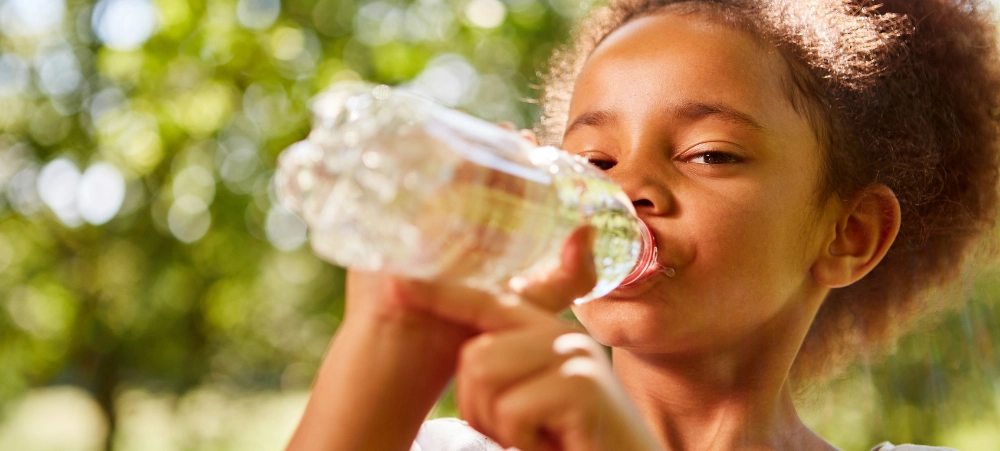Individuals in the helping professions are primary caregivers who directly engage with members of the public when they most need help. In the mental health realm of the helping professions, numerous roles combine to offer clients options depending on the type of help they seek. However, with so many options available, from clinical or educational psychologists and psychiatrists to registered, wellness, pastoral care or general counsellors, choosing the most suitable one can be overwhelming. In the mental health field, the various options available to clients sometimes overlap, but they still each have their own speciality. Knowing more about what each field offers can make it easier to choose the most appropriate care. Pathology-based Care Let’s start by looking at the field of psychology. Psychologists and psychiatrists specialise in pathology-based assessment, diagnosis, and treatment. Psychology is generally based on the biomedical model, which assumes a biological foundation for clients’ symptoms. Certain types of psychology are not founded on the biomedical model, but instead use the biopsychosocial or social models. These approaches look at other factors contributing to the client’s condition, like the interplay between psychological, biological and social factors. Within the field of psychology, there are numerous specialisations, each with its own scope of practice. Types of Psychologists Especially relevant to parents are educational, clinical and counselling psychologists. Educational psychologists focus on the way people learn, learning preferences, how people interact with education, and child development. They may also draw on the impact of social, cultural, cognitive and emotional factors on education. In South Africa, many educational psychologists work as school or child psychologists. School psychologists focus on the learner within the school environment. They help learners adapt to new phases in the school system, and with the emotional, social, behavioural or academic challenges they face in school. Clinical psychologists assess and diagnose clients who struggle with mental health challenges like depression, schizophrenia, and personality or behavioural disorders. They also offer treatment based on their speciality, for example, cognitive behavioural therapy (CBT), and can provide treatment plans. Some schools employ registered counsellors instead of psychologists, and there have been appeals to allow Association of Supportive Counsellors and Holistic Practitioners (ASCHP)-registered counsellors to work in schools, too. Counselling psychologists often employ talk therapy to treat clients experiencing major life changes, emotional or behavioural disturbances, stress and anxiety, trauma, and relationship issues. They work in various spheres like healthcare, government, schools, and private practice. Counselling psychologists may work with families, individuals, communities and couples. Registered counsellors are on the front lines of mental health care, working in communities to make care more accessible. They work from a similar, pathology-based perspective as counselling psychologists. According to SACAP, the minimum requirements for registered counsellors are either a BPsych or Equivalent degree. If clients require pharmacological interventions, they must be referred to psychiatrists. Psychiatrists are medical doctors specialising in mental health and are trained to diagnose, treat and prevent mental health problems. Salutogenic Care The fundamental difference between counselling and psychology is one of approach. While the latter is based on the idea that there is something in the client to be fixed, the former focuses on working with the whole person, both their strengths and challenges. The six founding principles of counselling are beneficence, empathy, autonomy, justice, confidentiality and nonmaleficence. As such, counselling is centred on the client and everything they bring to the situation. Counsellors work holistically, using clients’ strengths to overcome their challenges, and often provide proactive steps to work through the situation. Counsellors work with clients with emotional, behavioural, social, relationship or other challenges. Many counselling clients face difficulties in their daily lives with anxiety, stress and depression, substance use, relationship stresses or when undergoing major life changes. Just like psychologists, counsellors also specialise in different fields, like wellness, addiction, relationships, trauma, etc. For more information on the different types of counselling available in South Africa, have a look at this article by Melissa van Hal of Holistic Awareness and EduHelp Support Learning. To decide which professional would be best suited, clients are encouraged to consider a number of factors. Do they seek formal assessment and diagnosis? Do they want a prescription for pharmacological interventions? Do they want a particular kind of therapy? Do they want to learn practical coping strategies?? Other considerations include location, whether they want to meet someone in person or online, what their budget allows, and the timeframe in which they require help. The mental health sector of the helping professions offers options to help any type of client deal with the various challenges they face. By providing clients with information, referring them to the most suitable colleagues and being open and honest about our scope of practice, mental health practitioners can create a network of care to the benefit of our own clients and the broader community. An extract of this article was published in the EduHelp/Holistic Awareness newsletter. By Loudine Heunis



































